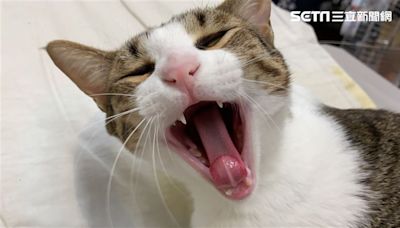搜尋結果
URL encoding, officially known as percent-encoding, is a method to encode arbitrary data in a uniform resource identifier (URI) using only the US-ASCII characters legal within a URI.
The Rijndael S-box is a substitution box ( lookup table) used in the Rijndael cipher, on which the Advanced Encryption Standard (AES) cryptographic algorithm is based. [1] Forward S-box. The S-box maps an 8-bit input, c, to an 8-bit output, s = S(c). Both the input and output are interpreted as polynomials over GF (2).
Taiwanese indigenous peoples, also known as Formosans, Native Taiwanese or Austronesian Taiwanese, [2] [3] and formerly as Taiwanese aborigines, Takasago people or Gaoshan people, [4] are the indigenous peoples of Taiwan, with the nationally recognized subgroups numbering about 569,000 or 2.38% of the island 's population.
The Municipal Solid Waste Charging Scheme (Hong Kong), also known as the Waste Disposal (Charging for Municipal Solid Waste) (Amendment) Bill 2018, is [1] a system for managing solid waste in Hong Kong. It implements legislation that takes effect on 1 April 2024. It adopts the 'polluter-pay' principle as first suggested by the government in 2005.
Western Latin character sets (computing) Several 8-bit character sets (encodings) were designed for binary representation of common Western European languages ( Italian, Spanish, Portuguese, French, German, Dutch, English, Danish, Swedish, Norwegian, and Icelandic ), which use the Latin alphabet, a few additional letters and ones ...
This is a list of file signatures, data used to identify or verify the content of a file. Such signatures are also known as magic numbers or Magic Bytes. Many file formats are not intended to be read as text. If such a file is accidentally viewed as a text file, its contents will be unintelligible.
History and structure The PGP Word List was designed in 1995 by Patrick Juola, a computational linguist, and Philip Zimmermann, creator of PGP. The words were carefully chosen for their phonetic distinctiveness, using genetic algorithms to select lists of words that had optimum separations in phoneme space. space.






